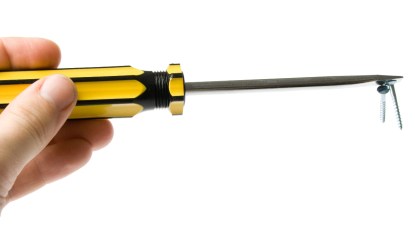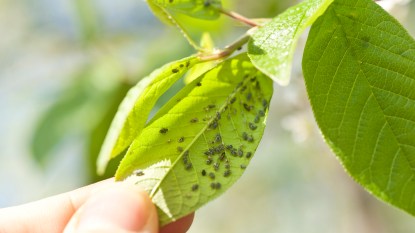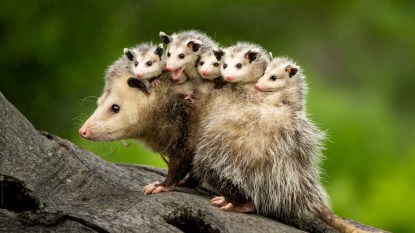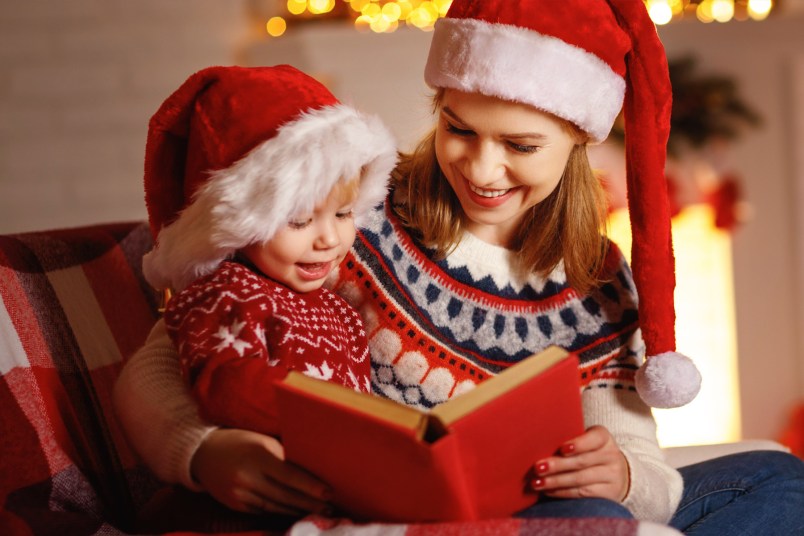
If you ask us, it’s fascinating how much Christmas traditions around the world may vary. From the pickle ornament tradition in the US to the anti-Santa character Krampus in Central Europe, each region has its own special customs when it comes to the holiday season.
Have you ever wondered where Santa Claus came from? Or what other families eat for Christmas dinner? Holiday celebrations reflect a nation’s unique identity, its people, its culture, and its traditions. Whether it’s the food you eat, the day festivities begin, or what kinds of presents are gifted, everyone has a slightly different way of doing things.
You may recognize similarities between your own wintertime rituals and customs in other countries. (Isn’t it funny how we can be so far apart but still so similar?) Plus, the nice thing is, learning about different Christmas traditions may inspire your family to tweak its own holiday practices! Keep scrolling to learn more about all the wonderful and unique Christmas traditions from around the world.
-
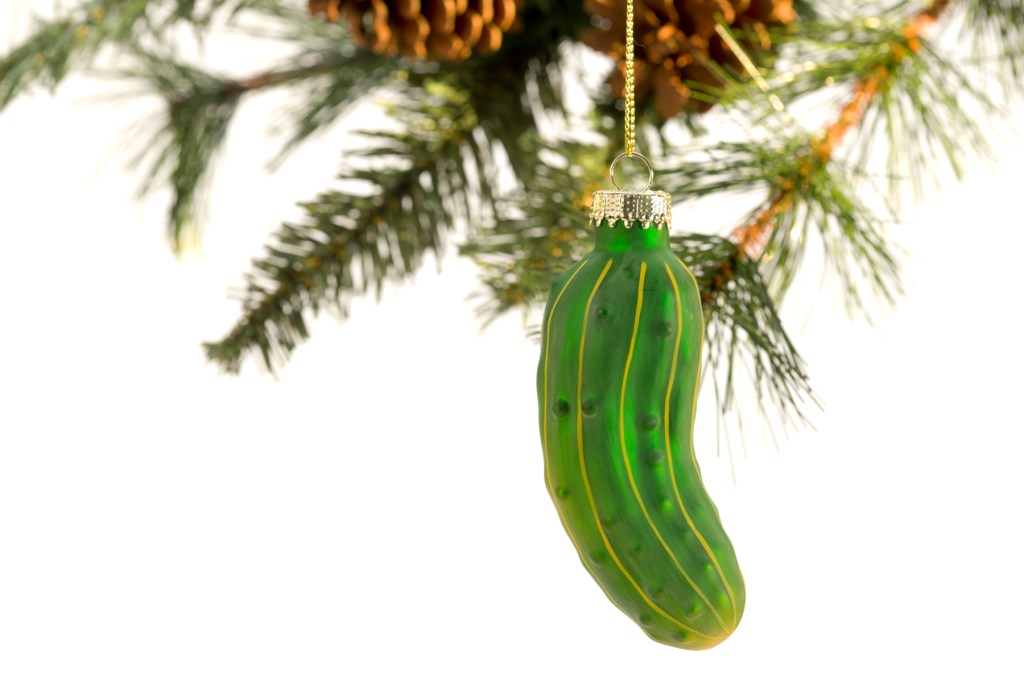
Getty Images USA: Christmas Pickle Ornament Tradition
It's not uncommon to see pickle ornaments on a Christmas tree in the US, but the practice doesn't have anything to do with the health benefits of pickles. According to tradition, the last ornament that's put on the tree is the pickle ornament, and it's hidden by the parents. The first child who finds it either gets to open the first present on Christmas or receives an extra gift, and is also said to have a year of good luck.
The true origins of the Christmas pickle ornament tradition aren't known, but there are a few interesting theories. One hypothesis is Weihnachtsgurke, which translates to "Christmas Pickle" and has German roots. This tradition is common in the Midwest, which makes sense as many German immigrants settled there in the second half of the 1800s. That said, 91 percent of Germans said they had never heard of Weihnachtsgurke, according to a 2016 study by YouGov.
Another theory, and perhaps one that makes more sense, is that the pickle ornament was popularized by F.W. Woolworth, the man who founded the shopping chain Woolworth's. In the 1880s, Woolworth's started selling fruit and vegatable oranments at its stores. The pickle ornaments came with an explanation of the "German Pickle Tradition," so it's possible that this ritual is simply the result of Woolworth's desire to sell more ornaments.
-
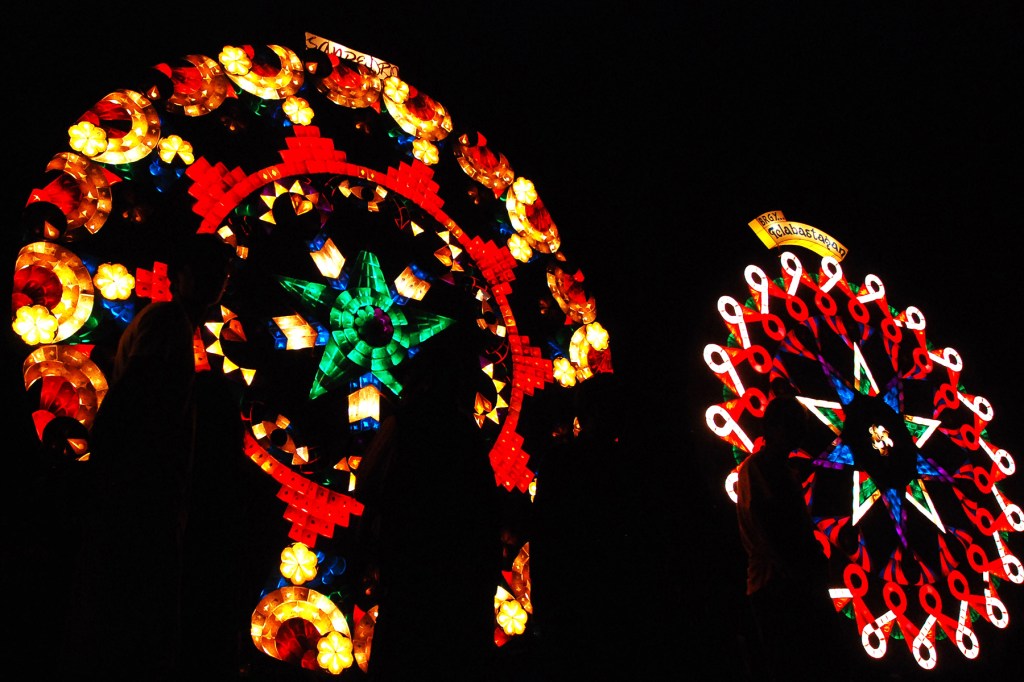
Getty Images The Philippines: Giant Lantern Festival
Roughly 80 percent of the population in the Philippines is Roman Catholic, so Christmas is widely celebrated in this Asian country. Because the area was heavily influenced by Spanish missionaries, many Christmas traditions in the Philippines are the same as in Western countries, including Santa Claus, Christmas trees, and caroling.
Similar to the massive Christmas light displays in the US, San Fernando City in Central Luzon holds its annual Ligligan Parul, or "Giant Lantern Festival," beginning in mid-December. Barangays, or villages, build massive 20-foot parols, a star-shaped Christmas lantern, for the competition. Because of the intense popularity of the festival, San Fernando City has earned the nickname "Christmas Capital of the Philippines."
-
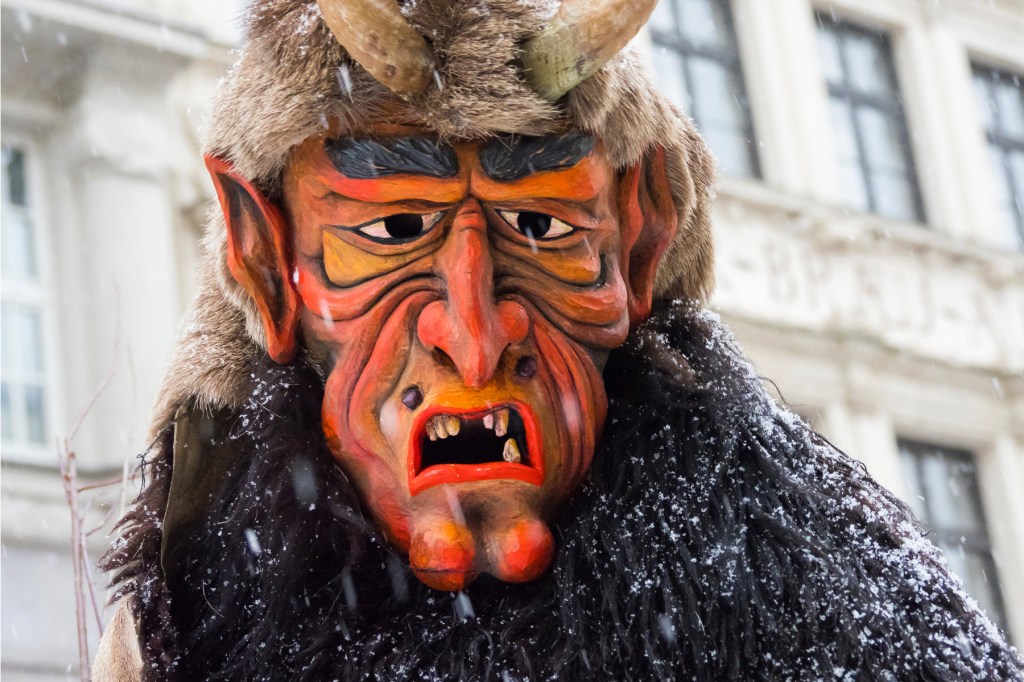
Getty Images Central Europe: Krampus
Not all Christmas traditions are warm and fuzzy! Krampus, who is popular in certain areas of Europe like Austria, Bavaria, Croatia, the Czech Republic, Hungary, sections of Italy, Slovakia, and Slovenia, is a terrifying half-goat, half-demon foil to the joyful St. Nicholas. The name Krampus comes from the German word for "claws," krampen, and he is said to be the son of the Norse deity Hel.
In modern depictions, Krampus terrorizes naughty young children who misbehave by dishing out punishments and stealing Christmas presents. He is also prone to swatting disobedient children and kidnapping them to take them back to Hell with him.
December 5 is known as Krampusnacht, and on that day men in Europe dress as Krampus and walk the streets, both terrifying and awing passersby. Children leave out shoes or boots and receive either presents or rods for good or bad behavior, respectively. The next day, December 6, is Nikolaustag, or St. Nicholas Day.
-
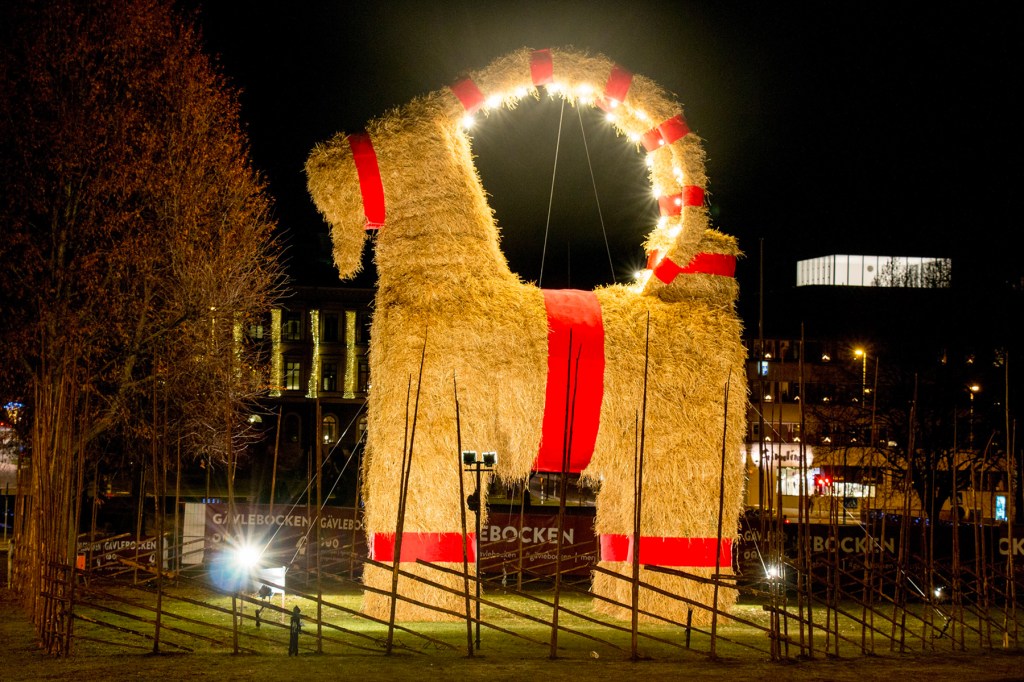
Getty Images Sweden: Gävle Goat
The Gävle Goat, also called the Gävlebocken in Swedish, is erected at Slottstorget in Sweden every Advent to mark the beginning of the Advent season. This massive Yule Goat is made of straw and takes two days to build. Tradesman Harry Ström footed the $10,000 SEK ($1,110) bill for the first Gävle Goat in 1966, which was 43 feet tall, 23 feet long, and weighed more than 6,600 pounds. After that, the Southern Merchants financed the building of the goat with some help from the city.
Unfortunately, the Gävle Goat has been the target of many vandals and arsons. Despite growing security measures and the proximity to a fire station, the Gävle Goat has burned to the ground many times. As of December 2017, the goat had been damaged 37 times.
In 1971, the Southern Merchants stopped building goats. The Natural Science Club of the School of Vasa then began constructing smaller goats; their first creation was roughly sux feet tall. After a positive reception by the public, the Natural Science Club continued building goats. Eventually, the Natural Science Club's goats surpassed the size of the Southern Merchants' goats and claimed a spot in the Guinness Book of World Records at 41 feet tall in 1985.
That next year, the Southern Merchants got back into the goat-making game, hoping to take the title for tallest Gävle Goat, thus triggering the goat wars. Sadly, the Southern Merchants' goat that year was not big enough to beat the Natural Science Club's record. In 1993, the Southern Merchants again tried to earn a spot in the Guiness Book of World Records, but their 39-foot-tall goat wasn't tall enough. The Natural Science Club presented a 49-foot-tall goat that year, winning them another line in the Guiness Book of World Records.
-
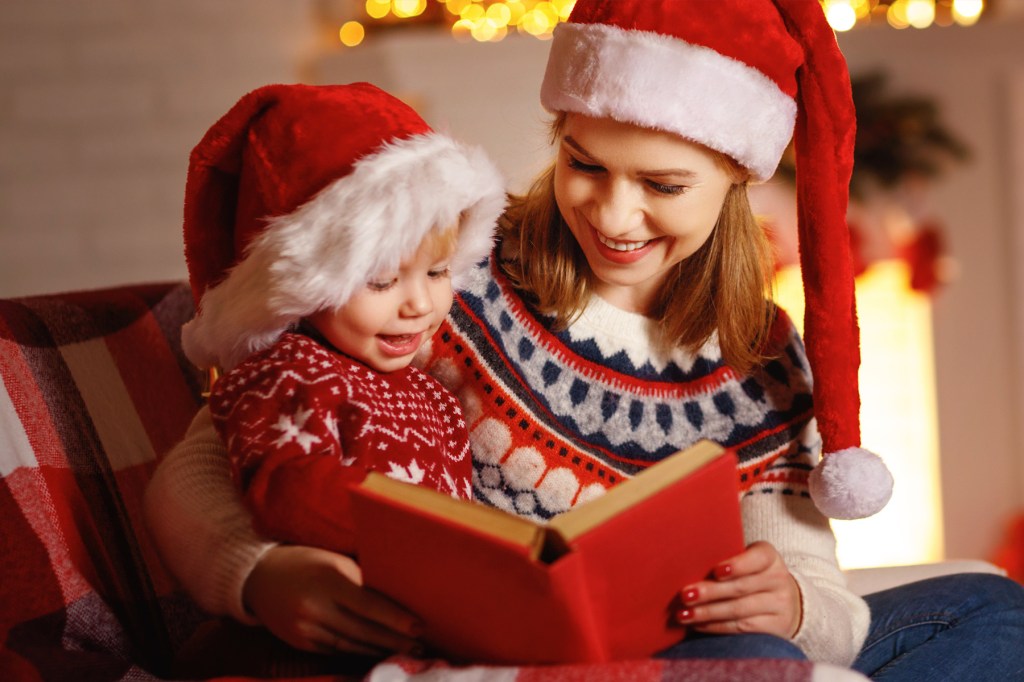
Getty Images Iceland: Jólabókaflóð
Calling all book lovers: Jólabókaflóð, also known as the "Christmas Book Flood" or "Yule Book Flood," is an Icelandic tradition you'll want to incorporate on your Christmas Eves! Jólabókaflóð (pronounced yo-la-bok-a-flot) is the exchanging of books on Christmas Eve and then spending the night reading those books. Sounds cozy, right?
The practice dates back to the World War II era when it was illegal to import goods. Paper was still cheap, but publishers didn't have enough money to release books throughout the year. As a result, publishers would dump all their new titles during Christmastime.
Though the same problems don't exist right now, we still think this is a great tradition to start to encourage the kids (and even your husband!) to read more. And if you happen to have some bookworms in the house, they'll be thrilled to stay up late reading.
-
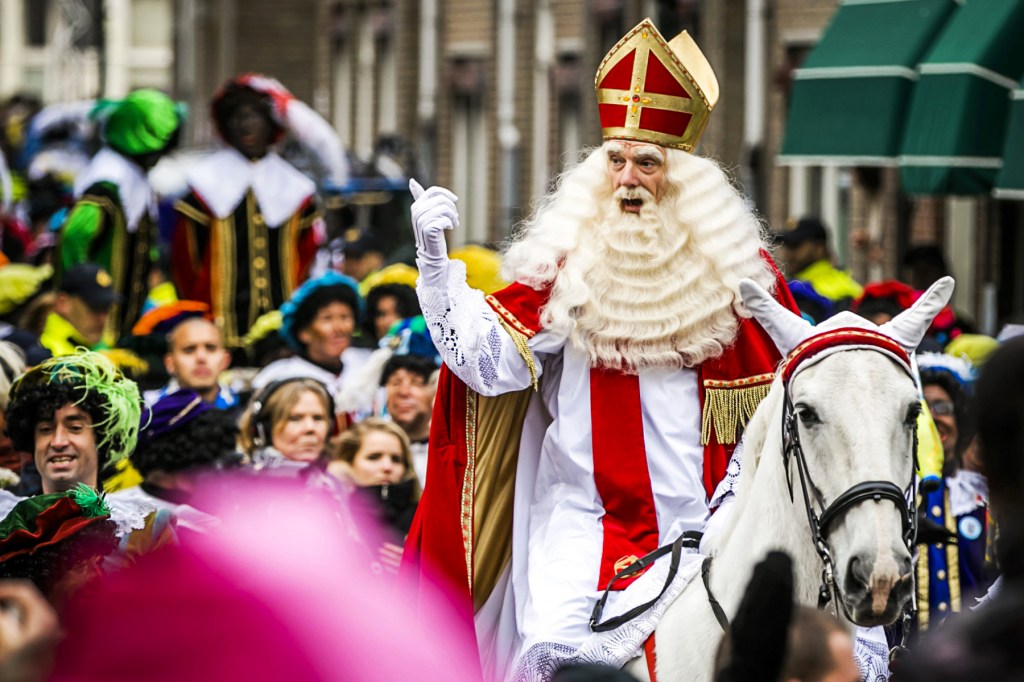
Getty Images Netherlands: Sinterklaas and Zwarte Piet
In the Netherlands, Belgium, Luxembourg, and former Dutch colonies like Curaçao and Suriname, Sinterklaas arrives from Spain to greet children and pass out candy with his helper, Zwarte Piet. The Netherlands celebrates the fest of Sinterklaas earlier than other countries on December 5, St. Nicholas' Eve. Many other countries celebrate on the morning of December 6, which is St. Nicholas Day.
Saint Nicholas, a Greek bishop from Myra (present-day Turkey), was the inspiration for Sinterklaas, who is often depicted as a stately older man with long white hair, a flowing beard, red robes, and an ornate shepherd's staff. In the Netherlands, Sinterklaas rides into town on a horse named Amerigo, and he has a book of the names of naughty and nice children. If you thought, "Wow, that sounds a lot like Santa Claus," then you're on the right track: Santa is based off of Sinterklaas.
Sinterklaas' helper, known as Zwarte Piet, is basically the Dutch equivalent of elves. The mischeivous assistant often appears in 16th century garb, carrying a bag of candy for the children. Zwarte Piet is also said to carry a chimney sweep's broom to whack misbehaving children.
The character of Zwarte Piet has drawn criticism for being offensive for its use of blackface, though some point to the fact that he was supposed to be a Moor, while others say Zwarte Piet's face is black due to soot from climbing down chimneys to help Sinterklaas deliver presents.
-
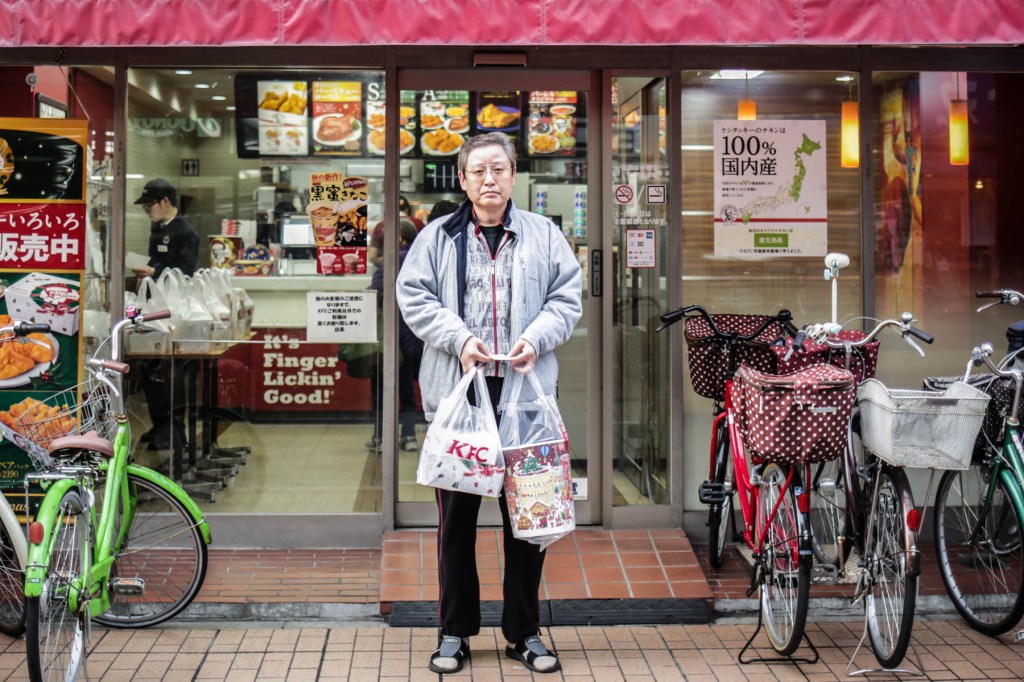
Getty Images Japan: Christmas KFC
What does your family eat for Christmas? A roast, potatoes, veggies, dozens of side dishes, and plenty of sweets for dessert is a typical Christmas feast in the US. But for the Japanese, fried chicken is the meat of choice. In fact, a Party Barrel from KFC is normal fare on December 25 in Japan.
It may seem odd that KFC is associated with Christmas time, but it's all thanks to the genius of Takeshi Okawara, the manager of KFC's first Japanese location. The story goes that Okawara first dreamed up the Party Barrel in 1970 shortly after his branch opened. Okawara heard a foreign couple in Japan discussing how much they missed their Christmas turkey — so he decided to make fried chicken the alternative. His plan was called Kurisumasu ni wa Kentakkii, or Kentucky for Christmas, and it was a smashing success. Today, the Party Barrel has changed to even include cake and wine.






